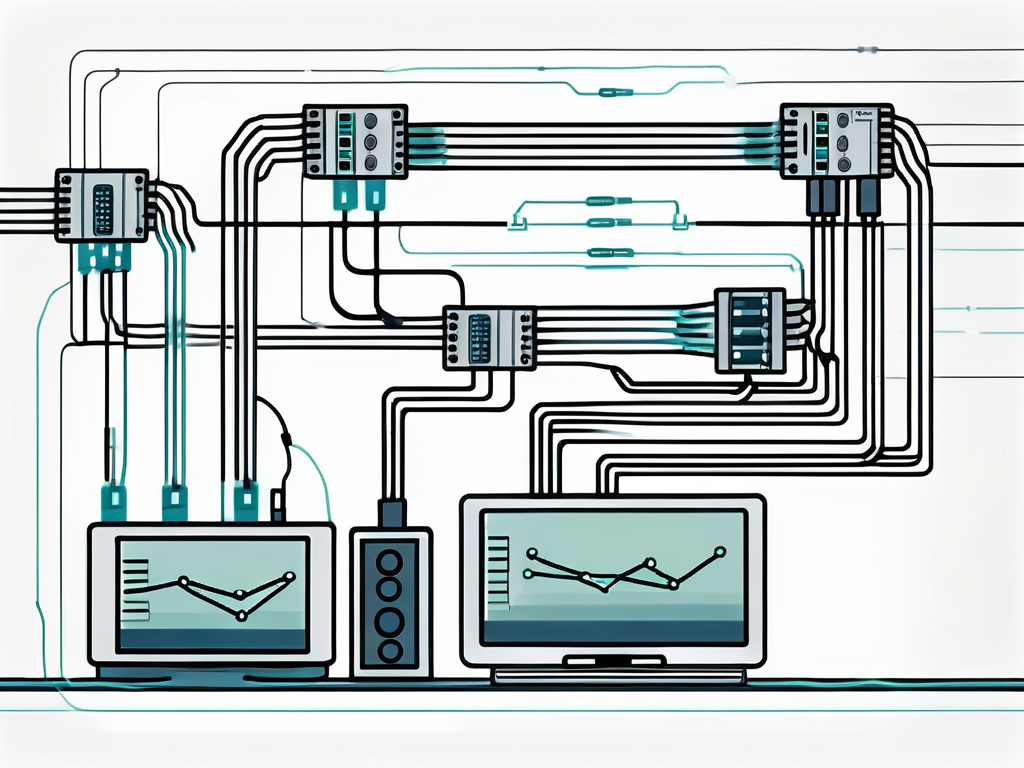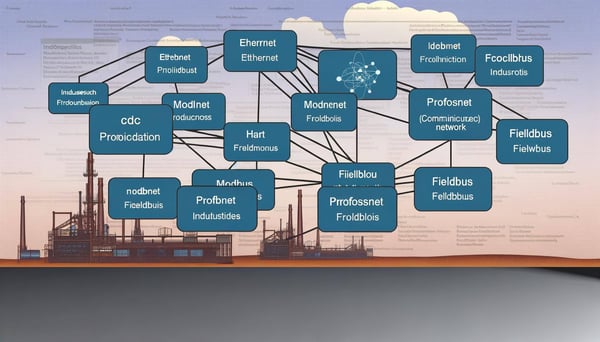
Fundamentals of Profibus
In the world of industrial automation, communication protocols play a pivotal role in ensuring seamless interaction between various devices and systems. One such protocol that has gained significant traction in the industry is Profibus. As a fieldbus standard, Profibus provides a robust and efficient means of data exchange between industrial controllers and their associated devices.
Understanding Profibus
Profibus, an acronym for Process Field Bus, is a standard for fieldbus communication in automation technology. Originally developed by Siemens, it has evolved into a widely adopted protocol, backed by the Profibus and Profinet International (PI) organization. Profibus is designed to operate in a wide range of industrial applications, from simple tasks to complex automation systems.
The protocol is characterized by its high-speed data transfer, with rates up to 12 Mbit/s, and its ability to connect a vast number of devices - up to 126 - on a single network. This makes it an ideal choice for large-scale industrial operations where efficient data exchange is crucial.
Types of Profibus
Profibus comes in two main forms: Profibus DP (Decentralized Peripherals) and Profibus PA (Process Automation). Each variant is designed to cater to specific industrial needs.
Profibus DP is primarily used for high-speed communication between automation systems and distributed I/O devices. It is known for its rapid data exchange and is commonly used in production and automation tasks.
On the other hand, Profibus PA is designed for process automation. It is used in potentially explosive environments and provides power and communication over the same line. This makes it suitable for process industries such as oil and gas, chemical, and pharmaceutical industries.
Advantages of Profibus
Profibus offers a multitude of benefits that make it a preferred choice for industrial automation. Its high-speed data transfer capabilities ensure real-time communication, which is essential in time-critical applications.

Moreover, the protocol's ability to connect a large number of devices on a single network simplifies network architecture and reduces cabling costs. This, coupled with its robust error detection mechanisms, ensures reliable and efficient operation.
Interoperability and Flexibility
One of the key advantages of Profibus is its interoperability. It supports a wide range of devices from different manufacturers, allowing for a flexible and diverse automation system. This means that users are not locked into a single vendor and can choose devices based on their specific needs.
Furthermore, Profibus is flexible in terms of its network topology. It supports various topologies such as line, star, and ring, providing users with the flexibility to design their network according to their requirements.
Implementing Profibus
Implementing Profibus in an industrial setting involves several steps. The first step is planning the network architecture. This involves determining the number of devices, their locations, and the required data exchange rates.
Once the network architecture is planned, the next step is to install the necessary hardware. This includes Profibus cables, connectors, and terminators. It is crucial to ensure that the installation is done correctly to prevent communication errors.
Configuration and Commissioning
After the hardware installation, the devices need to be configured. This involves setting the device addresses and defining the communication parameters. Most devices come with a GSD (General Station Description) file that contains all the necessary information for configuration.
Once the devices are configured, the network can be commissioned. This involves testing the network to ensure that all devices are communicating correctly. Any errors detected during this stage need to be rectified before the network can be put into operation.
Conclusion
Profibus has proven to be a reliable and efficient protocol for industrial automation. Its high-speed data transfer, interoperability, and flexibility make it an ideal choice for a wide range of applications. With proper planning and implementation, Profibus can significantly enhance the efficiency and reliability of industrial operations.

As the world of industrial automation continues to evolve, protocols like Profibus will continue to play a crucial role in facilitating seamless communication between devices and systems. By understanding the fundamentals of Profibus, businesses can leverage its capabilities to drive their automation efforts and achieve operational excellence.



